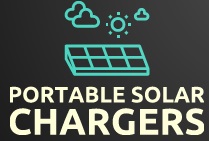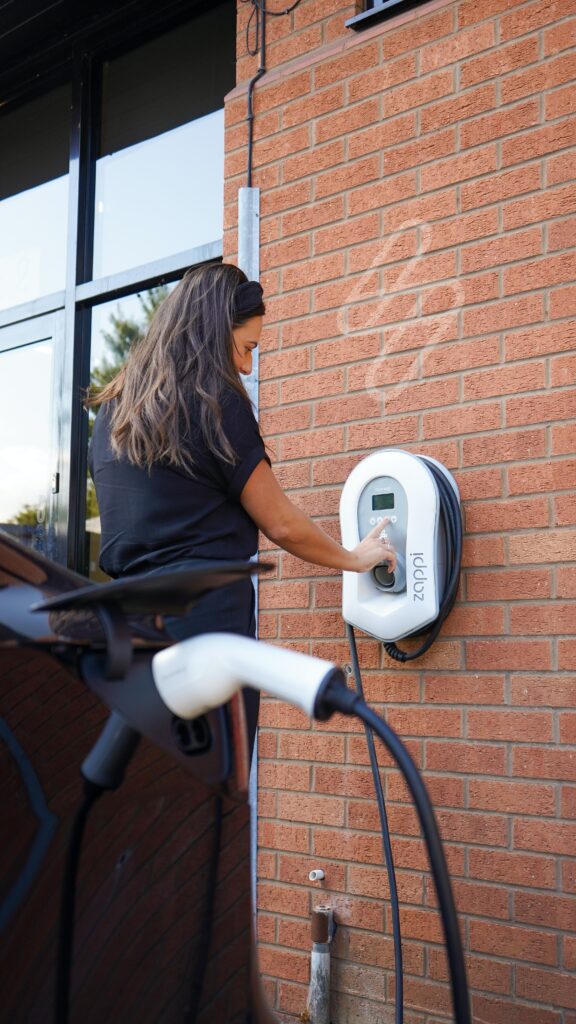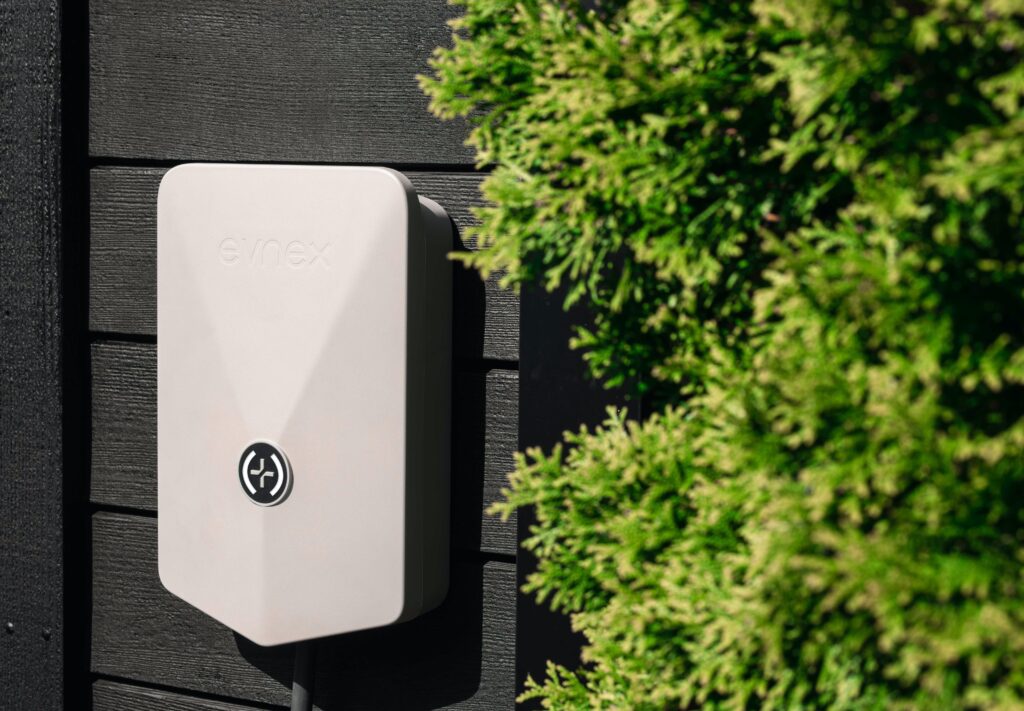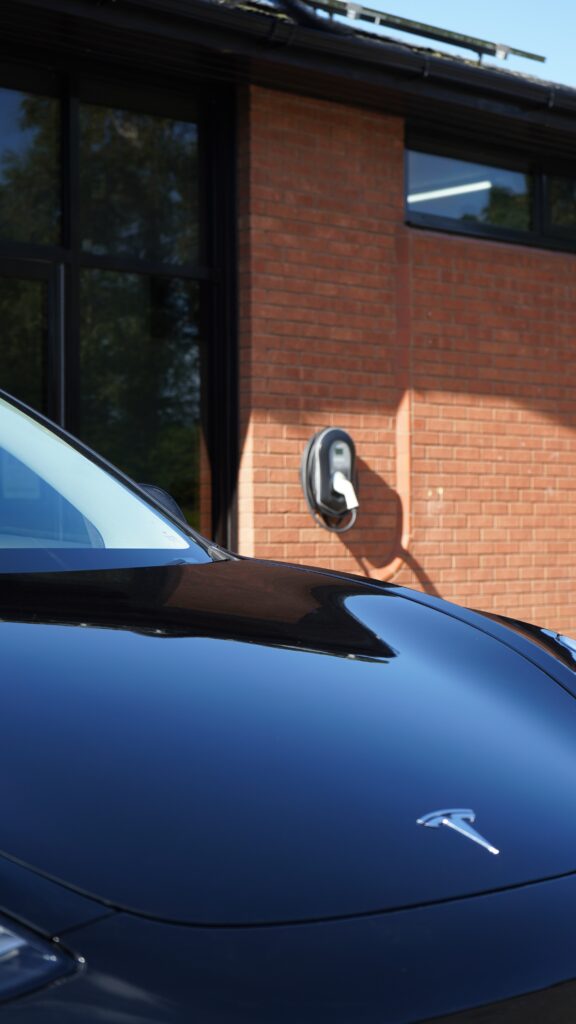Are you in the market for a solar charger but feeling overwhelmed by the vast array of options available? Look no further, as this article will provide you with a simple yet comprehensive guide on how to compare different solar charger models. Whether you are an outdoor enthusiast looking for a portable charger or someone interested in sustainability, this article will equip you with the knowledge you need to make an informed decision. So, let’s dive into the world of solar chargers and find the perfect one for you!
1. Charging Capacity
When comparing different solar charger models, one of the first factors to consider is the charging capacity. This refers to how much power the solar charger can generate and store. There are several aspects to consider within this category.
1.1 Solar Panel Wattage
The solar panel wattage is a key factor that determines the charging capacity of a solar charger. It refers to the amount of power that can be generated by the solar panels. Higher wattage solar panels typically have a greater charging capacity and can generate more electricity in a shorter amount of time. When comparing solar charger models, look for higher wattage solar panels if you need to charge larger devices or if you want faster charging speeds.
1.2 Battery Capacity
Battery capacity is another important aspect of the charging capacity of a solar charger. It refers to how much energy the internal battery can store. A higher battery capacity means the solar charger can store more energy and charge devices for a longer period of time. When comparing solar charger models, consider your charging needs and how long you typically need to charge your devices. If you frequently need to charge multiple devices or charge them for extended periods, look for a solar charger with a higher battery capacity.
1.3 Charging Time
Charging time is an essential factor to consider when comparing solar charger models. It refers to the amount of time it takes for a solar charger to fully charge its internal battery or another device. Faster charging times are desirable, especially if you need to charge your devices quickly. However, keep in mind that charging time can also depend on external factors such as the availability of sunlight or the number of devices being charged simultaneously. Therefore, it is important to consider both the solar charger’s advertised charging time and real-world performance.
2. Compatibility
Compatibility is another crucial aspect to consider when comparing solar charger models. You will want to ensure that the solar charger is compatible with your devices and other charging equipment.
2.1 Device Compatibility
Check if the solar charger is compatible with your specific devices, such as smartphones, tablets, cameras, or portable power banks. Some solar chargers come with multiple charging ports or adapters to accommodate various device types. It is important to verify that the solar charger can provide the appropriate voltage and current for your devices without damaging them.
2.2 Port Compatibility
In addition to device compatibility, it is also important to consider the port compatibility of the solar charger. Many solar chargers come with USB ports, which are widely used for charging various devices. Some models may also have compatibility with other types of ports, such as USB-C or micro-USB. Make sure the solar charger has the necessary ports to connect and charge your devices without the need for additional adapters.
3. Portability and Design
Portability and design are significant factors to consider, particularly if you plan to use your solar charger on the go or during outdoor activities.
3.1 Size and Weight
Consider the size and weight of the solar charger when comparing different models. A compact and lightweight design allows for easy portability and convenient use. You may want to choose a solar charger that is lightweight and compact enough to fit in your backpack or carry-on luggage without adding excessive weight or taking up too much space.
3.2 Foldable Design
Some solar charger models feature a foldable design that allows for easy storage and portability. These models often have hinged panels that can be folded compactly when not in use, making them more suitable for travel. If space-saving is a priority, a foldable solar charger may be a good option.
3.3 Durability
When comparing solar charger models, consider their durability. Outdoor environments can be challenging, so you will want a solar charger that is built to withstand various weather conditions and potential impacts. Look for models with robust housing and materials that are resistant to water, dust, and shocks. A durable solar charger will have a longer lifespan and will be more reliable during your outdoor adventures.
4. Solar Panel Efficiency
Solar panel efficiency is an essential factor to consider when comparing solar charger models. It relates to how effectively the solar panels can convert sunlight into usable electrical energy.
4.1 Sunlight Conversion Rate
The sunlight conversion rate indicates how efficiently the solar panels can convert sunlight into electrical energy. A higher conversion rate means the solar panels are more efficient and can generate more power from the available sunlight. Look for solar chargers with high-efficiency solar panels to ensure optimal charging performance, especially in areas with limited sunlight.
4.2 Multi-Panel Functionality
Some solar charger models feature multiple solar panels that can be connected or used independently. This multi-panel functionality can enhance the charging capacity by generating more electricity in parallel. If you need to charge multiple devices simultaneously or need faster charging speeds, consider solar charger models that offer multi-panel functionality.
5. Battery Technology
The technology used in the solar charger’s internal battery is an essential consideration when comparing different models. Different battery technologies offer varying advantages and disadvantages.
5.1 Lithium-ion Battery
Many solar chargers utilize lithium-ion (Li-ion) batteries, known for their high energy density and longer lifespan. Li-ion batteries are efficient, lightweight, and widely used in portable electronic devices. They provide a reliable power source and can be charged and discharged multiple times without significant capacity loss.
5.2 Li-Polymer Battery
Li-polymer batteries are another battery technology commonly used in solar chargers. They are lightweight and provide stable power output. Li-polymer batteries offer a higher degree of flexibility in terms of shape and size, making them suitable for solar chargers with slim and compact designs.
5.3 Life Cycle
The life cycle of the battery refers to the number of charge-discharge cycles it can endure before its capacity significantly decreases. When comparing solar charger models, consider the advertised life cycle of the internal battery. A longer life cycle indicates that the battery can withstand more charge-discharge cycles before needing replacement.
5.4 Safety Features
Safety features are crucial when it comes to battery-powered devices. Look for solar chargers that incorporate safety features such as overcharge protection, short-circuit protection, and temperature control. These features help prevent damage to the solar charger, connected devices, and ensure safe charging experiences.
6. Charging Options
Solar chargers often offer multiple charging options to accommodate different situations and preferences. Consider the available charging options when comparing different models.
6.1 Solar Charging
Solar charging is the primary function of a solar charger. It allows the device to harness solar energy and convert it into electrical energy for charging the internal battery or connected devices. Ensure that the solar charger has an adequate solar panel area and sunlight exposure requirements for efficient solar charging.
6.2 USB Charging
Many solar chargers come with USB ports that allow for direct charging of devices using a USB cable. USB charging is convenient and widely compatible with a variety of devices, including smartphones, tablets, and portable power banks. The output current and voltage of the USB ports should be sufficient to charge your devices efficiently.
6.3 AC Adapter Charging
Some solar charger models also have the option to charge the internal battery using an AC adapter. This can be particularly useful when you have access to a power outlet and want to charge the solar charger quickly. AC adapter charging can provide a reliable and efficient alternative to solar charging, especially in situations with limited sunlight.
7. Charging Speed
Charging speed is an important consideration, especially if you need to charge your devices quickly.
7.1 Output Current and Voltage
The output current and voltage of the solar charger determine how quickly it can charge devices. Look for solar chargers with higher output current and voltage ratings if you want to charge your devices faster. However, it is essential to ensure that the charger’s output is compatible with the devices you plan to charge.
7.2 Fast Charging Technology
Some solar charger models feature fast charging technology, such as Quick Charge or Power Delivery. These technologies allow for faster charging of compatible devices by providing increased power output. If you have devices that support fast charging, consider solar charger models with compatible fast charging technologies for optimal charging speed.
8. Additional Features
Solar charger models may offer various additional features that can enhance their functionality and convenience.
8.1 LED Indicators
LED indicators provide valuable information about the solar charger’s status and remaining power. They can indicate when the solar charger is charging or discharging, the battery level, and the current charging method. LED indicators offer a visual representation of the solar charger’s current operation and help you plan your charging activities accordingly.
8.2 Built-in Flashlight
Some solar chargers come with a built-in flashlight, which can be useful during outdoor activities or in emergency situations. The built-in flashlight provides additional functionality and can serve as a backup light source when needed.
8.3 Waterproof and Dustproof
If you plan to use your solar charger in outdoor environments where water or dust exposure is likely, consider models that are waterproof and dustproof. These solar chargers have additional protection to ensure reliable functionality even in challenging weather conditions.
8.4 Overload Protection
Overload protection is a safety feature that prevents the solar charger from drawing excessive power or damaging connected devices. It automatically regulates the charging process and protects both the solar charger and the connected devices from potential damage due to overcharging or overpowering.
9. Price and Warranty
Consider the price range and manufacturer warranty when comparing different solar charger models.
9.1 Price Range
Solar chargers come in various price ranges, depending on their features, capacity, and brand. Set a budget based on your requirements and compare the features and quality offered within that price range. Consider the value you are getting for the price, including the charging capacity, durability, and additional features.
9.2 Manufacturer Warranty
Check the manufacturer warranty provided with the solar charger. A longer warranty period is generally an indication of the manufacturer’s confidence in their product’s quality and durability. Ensure that the warranty covers any potential defects or malfunctions, as well as the battery’s performance and capacity over time.
10. Customer Reviews
Customer reviews can provide valuable insights into the real-world performance and user experience of different solar charger models. Consider reading both positive and negative feedback from customers who have used the solar charger you are interested in. Look for common themes and evaluate whether the features and performance align with your requirements and expectations.
10.1 Positive Feedback
Positive feedback from customers can highlight the strengths and advantages of a particular solar charger model. Pay attention to the aspects that customers appreciate, such as fast charging speeds, reliable performance, durability, and convenience features. Positive reviews can help you identify models that have consistently satisfied customers’ needs and expectations.
10.2 Negative Feedback
Negative feedback can give you insights into potential limitations or drawbacks of a solar charger model. Consider the issues raised by customers, such as slow charging speeds, insufficient battery capacity, or poor build quality. Negative reviews can help you identify potential concerns or limitations that may affect your experience with the solar charger.
10.3 Overall Rating
Consider the overall rating given by customers to a particular solar charger model. A high overall rating indicates that the majority of customers have had positive experiences with the solar charger and are satisfied with its performance. However, be cautious of fake or biased reviews and try to gather information from multiple sources to get a balanced perspective.
By considering these factors and thoroughly comparing different solar charger models, you can make an informed decision and choose the solar charger that best suits your needs, whether it be for outdoor adventures, travel, or everyday charging requirements. Remember to prioritize your specific requirements and preferences and select a solar charger that offers the right balance of charging capacity, compatibility, portability, and additional features within your budget.





